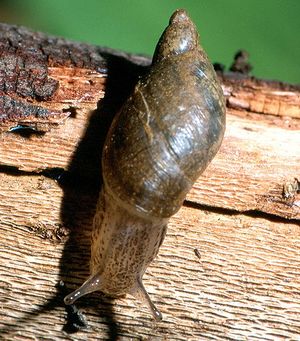Difference between revisions of "Species of Management Concern"
Cellsworth (Talk | contribs) |
Cellsworth (Talk | contribs) |
||
| Line 159: | Line 159: | ||
*[https://www.usbr.gov/uc/rm/amp/twg/mtgs/11jun28/Attach_09a.pdf GCWC Draft White Paper: AMP Goal 3 White Paper, "Assessment of Taxa of Management Concern in the Colorado River Ecosystem, Glen and Grand Canyons, Arizona, USA: Habitat Needs, Availability, and Ecosystem Roles Draft Final Report 15 June 2011] | *[https://www.usbr.gov/uc/rm/amp/twg/mtgs/11jun28/Attach_09a.pdf GCWC Draft White Paper: AMP Goal 3 White Paper, "Assessment of Taxa of Management Concern in the Colorado River Ecosystem, Glen and Grand Canyons, Arizona, USA: Habitat Needs, Availability, and Ecosystem Roles Draft Final Report 15 June 2011] | ||
*[https://www.usbr.gov/uc/rm/amp/twg/mtgs/11jun28/Attach_09b.pdf AMP Goal 3: Assessing Restoration Potential of Taxa of Management Concern in the Colorado River Ecosystem Downstream from Glen Canyon Dam PPT] | *[https://www.usbr.gov/uc/rm/amp/twg/mtgs/11jun28/Attach_09b.pdf AMP Goal 3: Assessing Restoration Potential of Taxa of Management Concern in the Colorado River Ecosystem Downstream from Glen Canyon Dam PPT] | ||
| + | *[https://www.usbr.gov/uc/rm/amp/amwg/mtgs/09apr29/Attach_12b.pdf Extirpated or At-risk Species in the Colorado River Ecosystem Downstream from Glen Canyon Dam PPT] | ||
|- | |- | ||
Revision as of 15:04, 9 July 2018
|
Taxa of Management Concern (TMC)April 2009 motion: Endangered or Previously Listed TMC: A total of 18 taxa (21 percent of the TMC) are
presently, or recently have been federally or state-protected, or are of specific importance to
Tribes, either through the ESA, through separate federal legislation, or through state or Tribal
recognition. Among these 18 taxa are at least 10 extant endangered species exist in the CRE,
including: 1 terrestrial gastropod, 1 fish species, 4 bird species, and several incidentallyoccurring
listed bird taxa (Appendix A). |
| --- |
--- |
--- |
|---|
|
